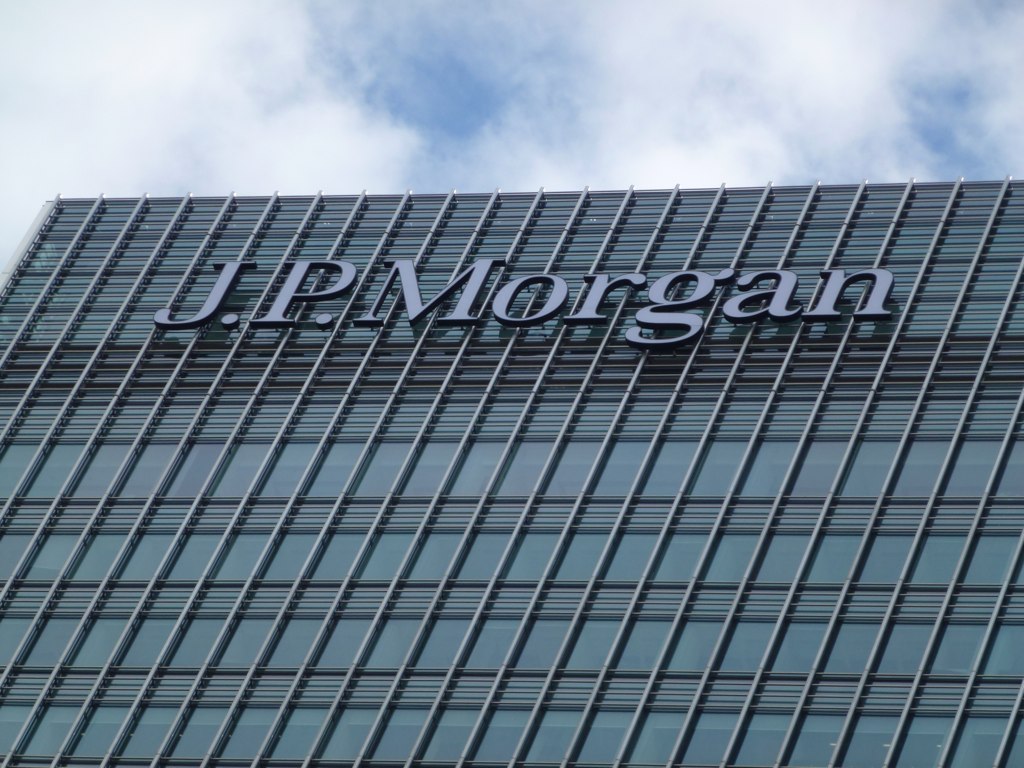Main Points:
- Bitcoin mining profitability improved significantly in early November, with hash price increasing by almost 30% due to rising Bitcoin prices and transaction fees.
- The market capitalization of mining stocks tracked by JP Morgan grew by 33%, equating to an $8 billion increase.
- U.S.-listed Bitcoin miners now control approximately 28% of the global network hash rate.
Bitcoin Mining Sees Renewed Profitability
Bitcoin mining has entered a new phase of profitability, buoyed by a combination of rising Bitcoin prices, increased transaction fees, and stable hash rates. A recent report by JP Morgan highlights these trends, noting a substantial improvement in hash price, which measures mining profitability. This surge comes amid broader optimism surrounding cryptocurrencies, particularly following the U.S. presidential election results that boosted market sentiment.
Hash Price and Its Impact on Profitability
The hash price, a key metric for gauging mining profitability, saw a 29% increase since late October. This growth stems from a confluence of factors:
- Bitcoin Price Surge: Bitcoin experienced a sharp 30% rally, reaching new all-time highs. This was partly fueled by optimistic sentiments following Donald Trump’s election victory.
- Transaction Fees: An increase in transaction fees as a proportion of block rewards added to the profitability of mining activities.
- Network Hash Rate Growth: Although the global hash rate grew by 2% in November, it did not outpace Bitcoin’s price increase, leaving miners with higher returns.
Mining Companies Benefit from Market Optimism
The bullish cryptocurrency market has directly benefited mining companies. According to JP Morgan’s analysis, the collective market capitalization of U.S.-listed Bitcoin miners rose by 33% from October 31 to November 15, adding $8 billion in value. These companies now account for about 28% of the global network hash rate, maintaining their dominance in the mining sector.

U.S.-Listed Miners Lead the Way
The dominance of U.S.-listed Bitcoin miners underscores their significant role in shaping the global mining landscape. With advanced infrastructure and access to capital markets, these miners have positioned themselves as industry leaders. JP Morgan’s report shows that the hash rate share of these companies remains at record-high levels, highlighting their resilience and competitive edge.
Broader Implications for the Cryptocurrency Industry
The improving profitability of Bitcoin mining has broader implications for the cryptocurrency ecosystem:
- Increased Mining Investments: Rising profits could attract more investments into mining operations, especially from institutional players.
- Enhanced Network Security: A growing hash rate strengthens the Bitcoin network against potential attacks.
- Regulatory Challenges: The dominance of U.S.-based miners may prompt scrutiny from regulators, especially concerning energy consumption and environmental impact.
The Role of Transaction Fees
Transaction fees have become an increasingly important component of miner revenue. As Bitcoin’s block subsidy continues to halve every four years, fees are expected to play a larger role in sustaining mining profitability. The recent increase in fees as a percentage of total block rewards signals this transition.
Election Outcomes and Market Sentiment
The 2024 U.S. presidential election played a pivotal role in shaping market dynamics. Donald Trump’s victory sparked optimism about potential pro-crypto policies, driving Bitcoin’s price higher. This political tailwind, coupled with ongoing technological advancements, has created a favorable environment for miners and investors alike.
Challenges Ahead for Bitcoin Miners
Despite the current profitability surge, miners face several challenges:
- Rising Energy Costs: As mining operations expand, energy consumption becomes a critical cost factor.
- Increasing Competition: The global hash rate continues to grow, intensifying competition among miners.
- Regulatory Risks: Governments worldwide are closely monitoring the crypto industry, with potential regulations on mining activities looming.
Conclusion and Future Outlook
Bitcoin mining profitability has seen a remarkable rebound in early November, driven by favorable market conditions and rising transaction fees. The growth of U.S.-listed miners underscores the industry’s maturity and resilience. However, challenges such as energy costs, competition, and regulatory risks remain. As the cryptocurrency market evolves, miners will need to adapt to sustain their profitability and secure their role in the ecosystem.


